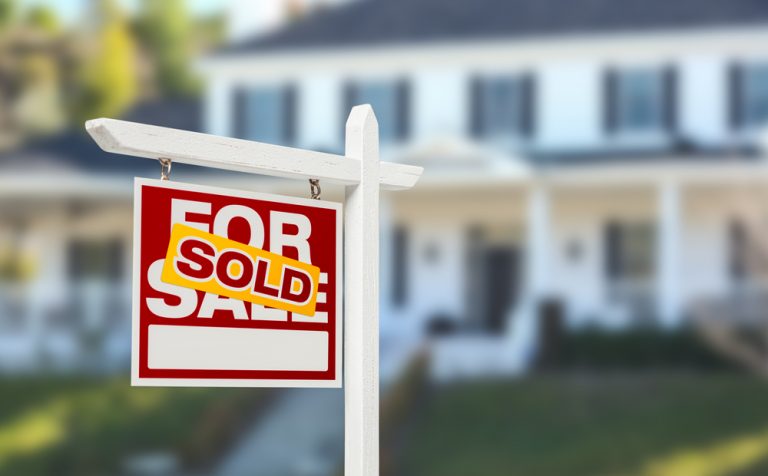Seven-Year Lockout Policy for Strategic Defaulters
We would like to share this current update on recent Fannie Mae policy changes designed to encourage borrowers to work with their servicers and pursue alternatives to foreclosure. This change will affect homeowners who decides to do a “strategic default,” — when borrowers are walking away from their homes based on the sheer fact that the property is currently worth less than what is owed, even if they are able to afford their monthly mortgage payments. This phenomenon isn’t looked upon kindly, as it unnecessarily adds to the growing number of foreclosures across the nation.
Under these changes, defaulting borrowers who walk away and had the capacity to pay or did not complete a workout alternative in good faith will be ineligible for a new Fannie Mae-backed mortgage loan for a period of seven years from the day of foreclosure.
In addition, Fannie Mae said it will take legal action to recoup the outstanding mortgage debt from borrowers who strategically default on their loans in jurisdictions that allow for deficiency judgments. In an announcement next month, the company said it will be instructing its servicers to monitor delinquent loans facing foreclosure and put forth recommendations for cases that warrant the pursuit of deficiency judgments.
“We’re taking these steps to highlight the importance of working with your servicer,” said Terence Edwards, executive vice president for credit portfolio management. “Walking away from a mortgage is bad for borrowers and bad for communities, and our approach is meant to deter the disturbing trend toward strategic defaulting.”
On the flip side, Edwards said borrowers facing hardship who make a good faith effort to resolve their situation with their servicer will preserve the option to be considered for a future Fannie Mae loan in a shorter period of time.
According to Fannie Mae, troubled borrowers who work with their servicers and provide information to help the servicer assess their situation can be considered for foreclosure alternatives, such as a loan modification, a short sale, or a deed-in-lieu of foreclosure. Fannie Mae said borrowers with extenuating circumstances who work out one of these options with their servicer could be eligible for a new mortgage loan in three years and in as little as two years depending on the circumstances.
Here is the verbiage from the FN Bulletin:
Currently, the waiting period that must elapse after a borrower experiences a foreclosure is seven years. However, Fannie Mae allows a shorter time period – five years – if certain additional requirements are met (e.g., minimum down payment and credit score, and occupancy requirements).
These requirements are being modified to remove the five year option. Unless the foreclosure was the result of documented extenuating circumstances, which only requires a three-year waiting period (with additional requirements), all borrowers will now be required to meet a seven-year waiting period after a prior foreclosure to be eligible for a new mortgage loan eligible for sale to Fannie Mae.”
Don’t miss the section that says borrowers who have extenuating circumstances may be eligible for new loan in a shorter timeframe.
You can check out the full text of the announcement here: Fannie Mae’s Selling Guide Announcement SEL-2010-05.


















Leave A Comment
You must be logged in to post a comment.